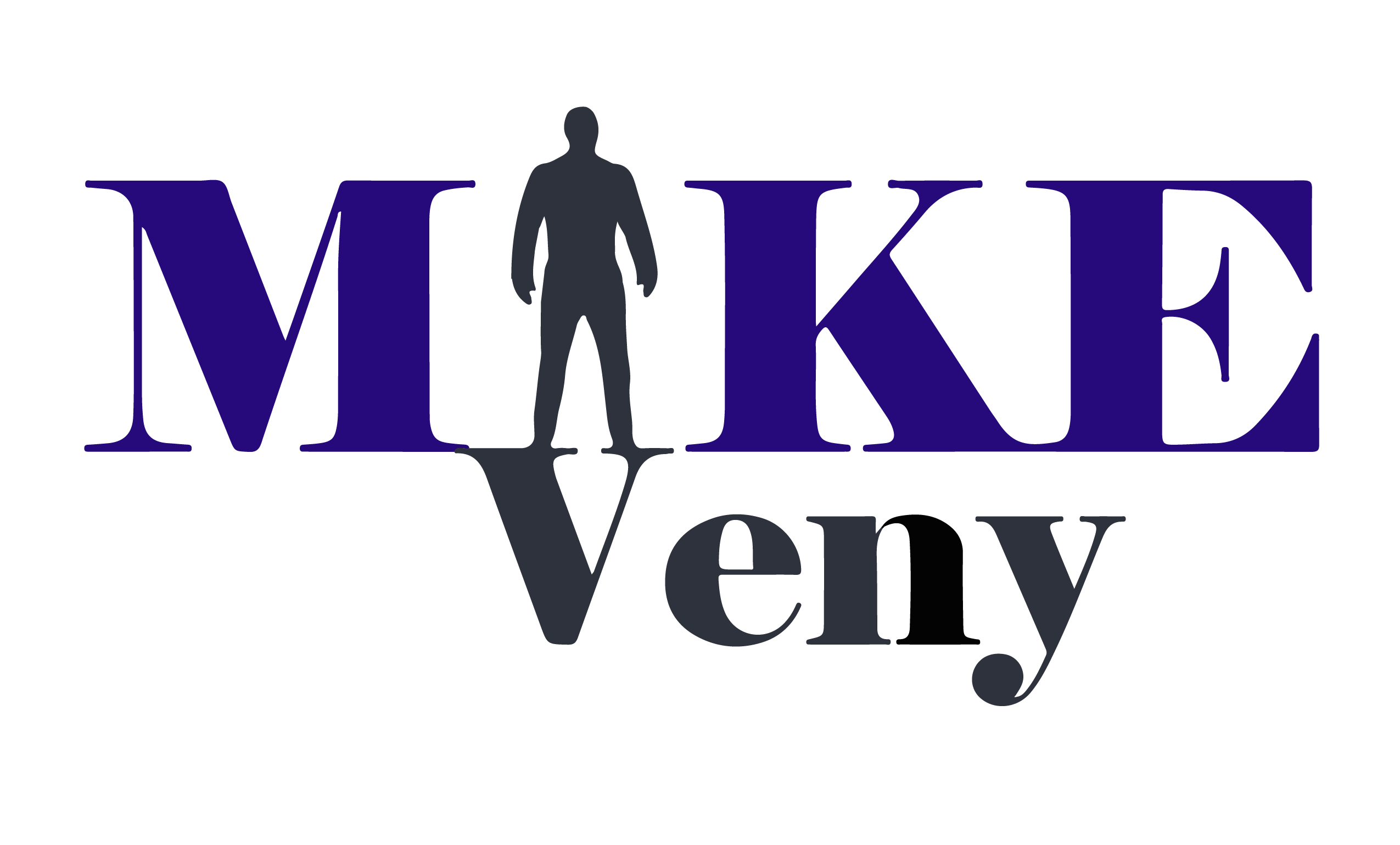Image Source: AI Generated
Teacher professional development is a cornerstone of educational excellence, playing a crucial role in enhancing teaching practices and student outcomes. With the ever-evolving landscape of education, educators need ongoing opportunities to refine their skills, stay current with new methodologies, and adapt to changing student needs. Effective professional development for teachers has a profound impact on classroom dynamics, teacher effectiveness, and overall school improvement.
This article explores best practices and tips for teacher professional development, offering insights into creating meaningful learning experiences for educators. It delves into aligning professional development with educational goals, designing engaging workshops, and addressing diverse teacher needs through differentiated approaches. The discussion also covers the importance of instructional coaching, teacher leadership, and evaluating professional development programs to ensure their effectiveness. By implementing these strategies, schools can foster a culture of continuous learning and growth, ultimately benefiting both teachers and students alike.
Aligning Professional Development with Educational Goals
Effective teacher professional development is crucial for enhancing teaching practices and improving student outcomes. To maximize its impact, it’s essential to align professional development with educational goals at both the district and individual teacher levels. This alignment ensures that educators are working to improve instruction in areas identified as having the highest need, ultimately benefiting both teachers and students.
District and School Improvement Plans
One of the best practices in professional development for teachers is to align it with the district’s Comprehensive Continuous Improvement Plan (CIP) and the school’s improvement plan (SIP). This approach guarantees that professional learning experiences are directly connected to the overarching goals and priorities of the educational institution [1].
By linking professional development to these plans, schools can:
• Ensure resources are used efficiently and effectively
• Create a more collaborative and professional school culture
• Promote the formation of Teacher-Based Teams (TBTs) to share leadership responsibilities
• Develop specific benchmarks to identify additional professional development needs
To implement this alignment effectively, school leaders should:
• Direct a portion of professional development time and resources toward facilitating collaborative teams tasked with developing school improvement plans
• Use teacher evaluation data to inform professional development needs
• Monitor progress continuously to ensure that strategies and actions for improvement are connected to district goals and student needs
Individual Teacher Growth Plans
In addition to aligning with district and school goals, professional development should also cater to individual teacher needs through personalized growth plans. These plans should reflect the most recent evaluation results and propose a sequence of activities leading to progress toward specific goals [2].
Key components of an effective Individual Teacher Growth Plan include:
• Goals aligned with the Ohio Standards for the Teaching Profession
• Description of alignment to district and building improvement plans
• Action steps and resources to achieve goals
• Measurable indicators of progress
• Scheduled discussions with evaluators
To create impactful Individual Teacher Growth Plans, educators should:
• Use multiple data sources, including self-assessment and high-quality student learning data
• Engage in reflection and self-assessment processes using tools provided by the district
• Meet with evaluators at least three times during the academic year to set goals, assess progress, and reflect on their work
By implementing these strategies, schools can foster a culture of continuous learning and growth, ultimately benefiting both teachers and students alike. Aligning professional development with educational goals at all levels ensures that educators are equipped with the skills and knowledge needed to address contemporary challenges in education and deliver high-quality instruction.
Designing Engaging and Relevant PD Experiences
To create meaningful professional development experiences for teachers, it’s crucial to focus on engagement and relevance. By incorporating hands-on workshops, peer observation, and action research projects, educators can enhance their skills and improve student outcomes.
Hands-on Workshops
Hands-on workshops are an effective way to deliver engaging professional development for teachers. These interactive sessions allow educators to actively participate in learning experiences that directly apply to their classroom practices. By incorporating active learning strategies, workshops can transform traditional lecture-based presentations into fun and collaborative activities.
One approach to creating engaging workshops is to use technology tools like Nearpod. This platform enables presenters to integrate interactive elements such as quizzes, polls, and collaboration boards. For example, teachers can participate in a Time to Climb activity, which adds a competitive and enjoyable aspect to the learning process. These interactive features help gage understanding of content and professional development topics while keeping teachers engaged throughout the session.
Another effective strategy is to incorporate model lessons into workshops. Teachers can experience and reflect on how they would implement specific lessons or practices in their own classrooms. This approach allows educators to see teaching strategies in action and consider how to adapt them to their unique classroom environments.
Peer Observation and Feedback
Peer observation is a valuable professional development activity that involves teachers observing one another’s practice and learning from each other. This approach focuses on individual teachers’ needs and aims to support the sharing of best practices while building awareness about the impact of teaching strategies on student learning outcomes.
To implement effective peer observation, it’s essential to establish a structured and negotiated process. This includes:
- Self-reflection: The observed teacher reflects on areas of their practice that could be the focus of the observation.
- Pre-observation conversation: Teachers agree on the focus of the observation, the type of evidence to be collected, and the methodology.
- Classroom observation: The observer gathers evidence to inform reflection and feedback.
- Post-observation conversation: Teachers engage in a constructive discussion to share insights and build awareness about the impact of teaching strategies.
Peer observation can benefit both the observer and the observed teacher by providing opportunities to discuss challenges and successes with trusted colleagues. It also helps build a community of trust and supports a focus on improving the impact of learning.
Action Research Projects
Action research is a powerful approach to professional development that empowers teachers to examine their own teaching practices and take action to improve them. In this process, teachers work together in teams to tackle issues related to their common interests and classroom contexts.
The action research cycle typically involves the following steps:
- Defining an issue or research question
- Investigating and researching the topic
- Planning possible actions to address the issue
- Taking action and observing results
- Reflecting on outcomes
- Creating an action plan for further improvement
Action research has numerous benefits for teacher professional development. It helps educators become more thoughtful practitioners, empowers them to take informed decisions based on empirical data, and supports the development of networks of support among teachers. Additionally, action research allows teachers to grapple with real issues pertinent to their students in the classroom.
By incorporating these engaging and relevant professional development experiences, schools can foster a culture of continuous learning and growth among their teachers. This, in turn, leads to improved teaching practices and better student outcomes.
Addressing Diverse Teacher Needs through Differentiated PD
Professional development for teachers is not a one-size-fits-all approach. To be truly effective, it must cater to the diverse needs of educators at different stages of their careers and in various subject areas. By differentiating professional development, schools can ensure that all teachers receive the support and growth opportunities they need to excel in their roles.
Early Career Teachers
For educators just starting their journey, professional development plays a crucial role in building confidence and competence. Early career teachers often face unique challenges as they transition from theory to practice. To address these needs, schools can implement mentorship programs that pair novice teachers with experienced colleagues. These programs provide guidance, support, and opportunities for knowledge exchange, helping new teachers navigate the complexities of classroom management and instructional strategies.
Additionally, professional development for early career teachers should focus on building a strong foundation in pedagogy, classroom management, and curriculum planning. Workshops and training sessions tailored to their specific needs can help them develop essential skills and strategies to engage students effectively.
Veteran Educators
While experienced teachers bring a wealth of knowledge to the classroom, they also require ongoing professional development to stay current with evolving educational practices and technologies. For veteran educators, professional development should focus on refining their skills, exploring innovative teaching methods, and adapting to changing student needs.
One effective approach is to create peer collaboration opportunities, such as Professional Learning Communities (PLCs), where veteran teachers can share best practices, analyze student work, and set shared goals. These collaborative spaces allow experienced educators to learn from one another and stay motivated in their professional growth.
Subject-Specific Training
To enhance teacher effectiveness across various disciplines, subject-specific professional development is essential. This targeted approach allows educators to deepen their content knowledge and explore innovative teaching strategies specific to their subject areas.
For instance, science teachers might benefit from workshops on inquiry-based learning and hands-on experiments, while language arts teachers could focus on strategies for improving students’ writing skills. By providing subject-specific training, schools can help teachers stay current with the latest research and best practices in their fields.
Differentiated professional development also involves offering a variety of formats and delivery methods to accommodate different learning styles and schedules. This may include a combination of in-person workshops, online courses, webinars, and self-paced learning modules. By providing flexible options, schools can ensure that all teachers have access to meaningful professional development opportunities that align with their individual needs and preferences.
Evaluating and Refining Professional Development Programs
Effective teacher professional development programs are crucial for enhancing teaching practices and improving student outcomes. However, to ensure these programs are truly impactful, it’s essential to implement robust evaluation and continuous improvement strategies. By collecting and analyzing data, educators and administrators can make informed decisions about program effectiveness and refine their approaches to better meet the needs of teachers and students.
Data Collection and Analysis
To evaluate the effectiveness of professional development programs, schools and districts should employ a variety of data collection methods. Surveys, interviews, and classroom observations are common approaches to gather valuable insights [3]. These methods help assess teacher satisfaction, changes in instructional practices, and the impact on student learning.
One effective tool for data collection is the Standards Assessment Inventory (SAI), which measures the alignment of professional learning practices to Learning Forward’s Standards for Professional Learning [4]. This online, confidential instrument asks teachers to provide their level of agreement with statements about the professional learning they experience, offering a comprehensive picture of program strengths and areas for improvement.
When analyzing data, it’s important to consider both quantitative and qualitative information. While quantitative data provides measurable outcomes, qualitative data offers deeper insights into the nuances of program effectiveness. A balanced approach, focusing on approximately 80% qualitative data and 20% quantitative data, can provide a more comprehensive understanding of program impact [5].
To ensure data quality and reliability, educators should:
• Use valid and reliable assessment tools
• Collect data from multiple sources
• Ensure data is representative of all stakeholder groups
• Leverage existing data sources to minimize collection burden
Continuous Improvement Cycles
Implementing continuous improvement cycles is crucial for refining professional development programs over time. These cycles involve a series of iterative steps that allow educators to identify areas for improvement, implement changes, and assess their impact.
One effective model for continuous improvement is the Learning Forward learning team cycle, which consists of five steps [6]:
- Analyze data
- Set goals
- Learn individually and collaboratively
- Implement new learning
- Monitor, assess, and adjust practice
This cycle helps teams approach their work with an inquiry lens, leading to more learning for everyone involved. By engaging in these cycles, educators can make data-informed decisions about professional development strategies and ensure that programs remain relevant and effective.
To maximize the impact of continuous improvement cycles, educators should:
• Expand their data thinking beyond traditional sources
• Create safe spaces for data conversations
• Emphasize the importance of learning within the improvement process
• Apply improvement cycles to various aspects of professional development, including leadership strategies and district structures
By consistently evaluating and refining professional development programs through data analysis and continuous improvement cycles, schools and districts can enhance teacher effectiveness, improve student learning outcomes, and foster a culture of ongoing growth and excellence in education.
Conclusion
Teacher professional development plays a crucial role in shaping effective educators and improving student outcomes. By aligning professional development with educational goals, designing engaging experiences, addressing diverse teacher needs, and continuously evaluating and refining programs, schools can create a culture of growth and excellence. These strategies have a significant impact on classroom dynamics, teacher effectiveness, and overall school improvement, ultimately benefiting both educators and students alike.
To support teachers in their professional growth, especially in the area of mental health and wellness, consider enrolling in our online course:
Fill Your Cup: The Exhausted Educators’ Guide to Emotional Wellness
This approach to teacher development not only enhances individual well-being but also has a ripple effect on the entire school community. By investing in teacher professional development, schools pave the way for a more engaged, effective, and emotionally balanced educational environment, setting the stage for long-term success and positive change in the field of education.
FAQs
How can professional development for teachers be made more effective?
To enhance the effectiveness of professional development, it’s crucial to tailor it to the specific needs and preferences of teachers. Soliciting feedback from teachers on their professional needs can guide the creation of more relevant programs. Additionally, offering a variety of learning options, such as different workshops or courses, allows teachers to choose paths that best suit their learning styles and professional goals.
What are some best practices that teachers should adopt to improve their teaching?
Teachers can enhance their effectiveness by adopting several key practices:
- Displaying enthusiasm for teaching and the subject matter to motivate and inspire students.
- Creating a welcoming and positive classroom atmosphere.
- Building strong relationships with students to foster a supportive learning environment.
- Being well-prepared and organized.
- Maintaining a structured weekly schedule.
- Communicating clearly and effectively.
- Setting realistic expectations for students.
- Being flexible and adaptable to varying teaching situations.
What strategies can teachers use to foster their professional growth and development?
Teachers can advance their professional growth through various strategies:
- Engaging in reflective practice to evaluate and improve teaching methods.
- Participating in peer observation and collaboration to learn from colleagues.
- Keeping abreast of the latest educational trends and research to stay informed.
- Incorporating technology to enhance teaching and professional development.
- Pursuing further education and professional training opportunities to expand knowledge and skills.
What constitutes effective professional development for teachers?
Effective professional development for teachers involves programs that not only focus on enhancing teaching skills and knowledge in specific subject areas but also provide opportunities to learn from expert instructors and collaborate with experienced educators. Such programs should be dynamic and responsive to the evolving needs of teachers and their educational environments.
References
[1] – https://education.ohio.gov/Topics/Teaching/Educator-Equity/METworks-in-Ohio/Professional-Development-for-Teachers
[2] – https://sites.google.com/view/sesc-otes2-resources/home/professional-growth-plan
[3] – https://www.frontlineeducation.com/program-evaluation/
[4] – https://learningforward.org/journal/evaluating-professional-learning/data-collection-tool-drives-professional-learning-improvements/
[5] – https://www.teachingchannel.com/k12-hub/blog/evaluating-professional-development-programs/
[6] – https://learningforward.org/journal/improving-together/improvement-cycles-can-change-students-lives/



